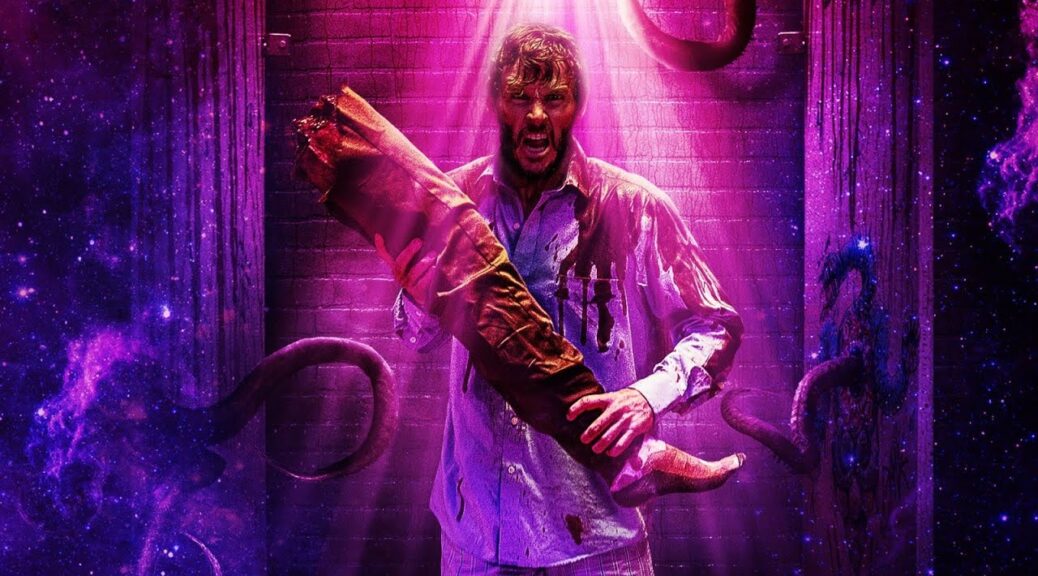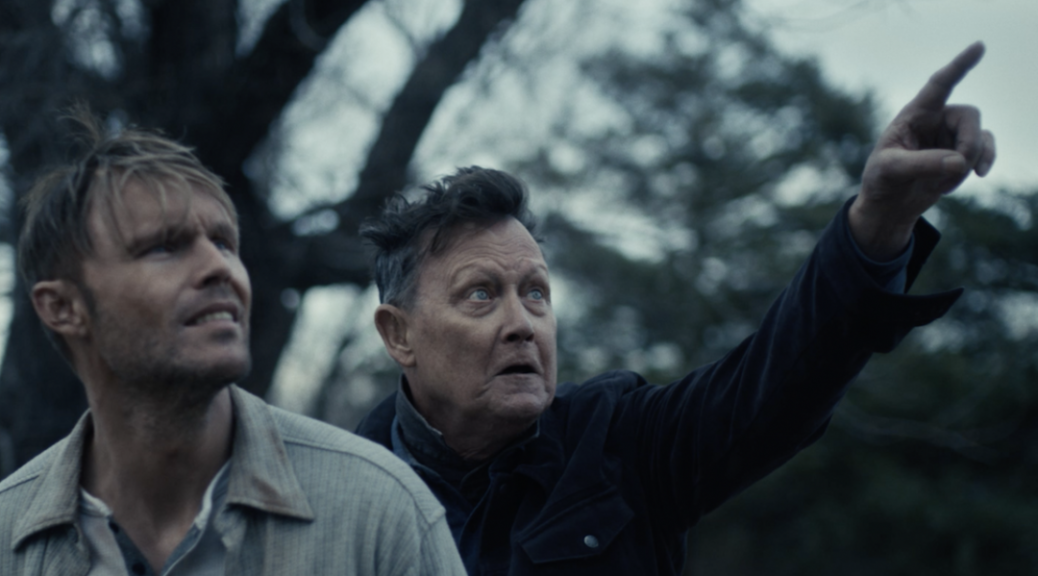Sissy
by Hope Madden
Horror is especially preoccupied with the doppelganger nature of social media – how you can lose yourself in the make-believe world of the “you” you present online. Co-writers/co-directors Hannah Barlow and Kane Senes dig into that duality with their Aussie horror, Sissy.
Sissy – or as she’d rather be called now that she’s a grown up, Cecilia (Aishe Dee) – feels blessed. Thanks to her 200k followers and the products she gets paid to work into her videos, she has a fulfilling life. She is loved. She is enough. She is doing her best.
Maybe she’s not really doing that well, actually. She even hides when she spies her childhood BFF at the grocery store, but Emma (Barlow, who also stars) sees her anyway. She even invites Cecilia to tonight’s big bachelorette party, and tomorrow’s drive out to the country for a weekend-long celebration!
If you’ve seen Bodies Bodies Bodies or, indeed, any horror movie, you know that second part is not going to go well for everyone. Like Halina Reijn’s gruesome comedy, Sissy plays around with genre expectations and spotlights the ins and outs of Gen Z.
Dee works wonders as a woman trying to practice what she preaches, earn from what she practices, and find fulfillment in online followers when friends IRL are less welcoming. The cast that surrounds her is universally strong, each one manipulating the sly, darkly funny script to shock and delight.
Barlow and Senes never entirely abandon the old-fashioned slasher, either. Sissy delivers starling gore FX that feel simultaneously in keeping with the black comedy and somehow too disturbing to fit. Well done!
The filmmakers tease the new terrain of a world populated with virtual personalities. Who’s the good guy? Who isn’t? Is anybody? Sissy doesn’t break new ground here, but thanks to a knowing script and a lead performance that sells itself, you’ll enjoy the show.













